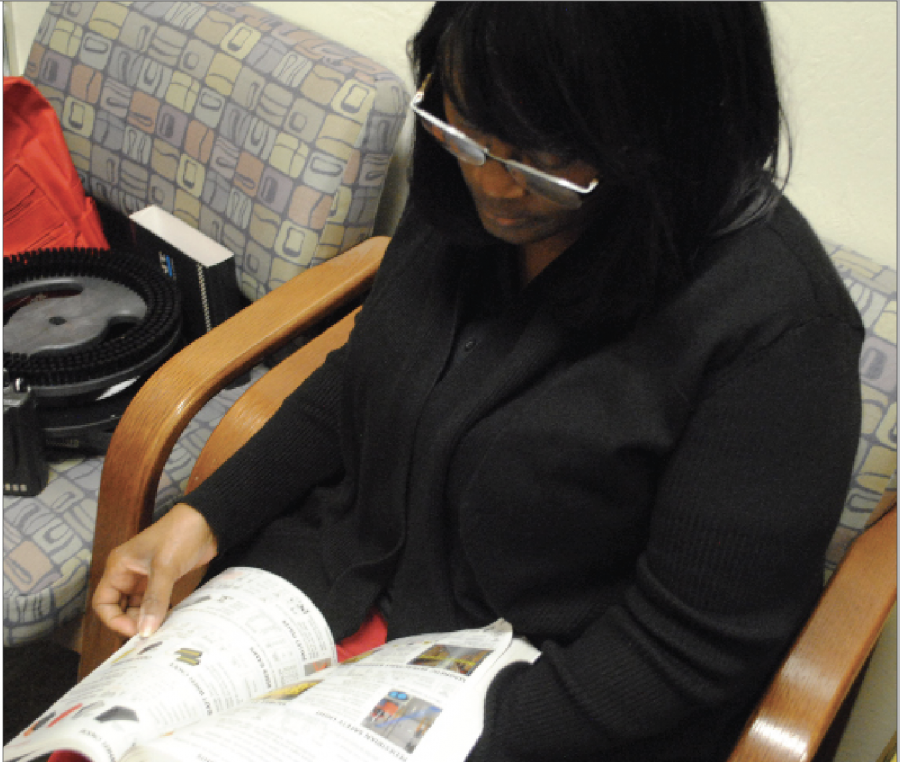The Unsung Heroes of Sequoia
April 7, 2020
As we walk the halls of Sequoia, we tend to disregard many of those who work and contribute to this school. From the custodians to the facilities managers, their stories can be plentiful and powerful.
One such story is that of Cherry Stephens. Here, she serves as the plant manager, which means she is responsible for managing the facilities at the school. Beyond her position at Sequoia, she is a mother and a veteran who has experienced a substantial amount throughout her life.
“So when I graduated, I went into the military. Three days after I graduated from high school. I just wanted to get away and get a little bit of a new experience,” said Plant Manager Cherry Stephens. “Boy, it was a shock. It was a lot different. People treat you differently. You’re not, what I call, coddled by your parents.” Moreover, she travels more than 80 miles each day from Stockton to come to Sequoia and work.
“I’ve been doing the commute for; I would say, almost 19 years. So you know, I have gotten used to it. My husband and I commute together every day, ” said Stephens.
As a result of this lengthy commute, she does not receive a requisite amount of sleep every night, but she perseveres through it.
“We don’t get very much sleep, so we will probably get 5 to 6 hours a night, which is pretty tiring. So I really enjoy my vacation days because I can sleep in,” said Stephens.
Many students disregard or never expose themselves to much of the faculty that helps sustain our Sequoia environment. As a result, students’ perceptions of the school are limited primarily to that of teachers, administration, and other students.
“I was working [in the media center] until 5 when I walked out. There was a custodian there, and I just thought about that,” said Senior John Horan. “I don’t normally get to see the school at night because I’m not there, but they are the ones that are there at night. And I think just because of the necessity of how it works, we are going to have a disconnect between us.”
As a result of this disconnect between students and custodians, parts of the Sequoia community are isolated from each other. Despite sharing the school, both custodians and students live entirely different lives at Sequoia, which prevents us from learning about each other’s experiences.
Many within our community believe that in order to alter our perceptions of custodians, we must humanize them and create a more relatable image of them.
“It’s really difficult to [change perspectives] when you don’t humanize the person,” History teacher Pablo Aguilera said. “So, to change it, you must show there’s a human element to it.”
“We tend to think of them as custodians, and we don’t really humanize them because they just work at the school versus teachers where we can actually know them on a personal level. It’s interesting. They, too, have interesting stories and experiences,” said Horan.







